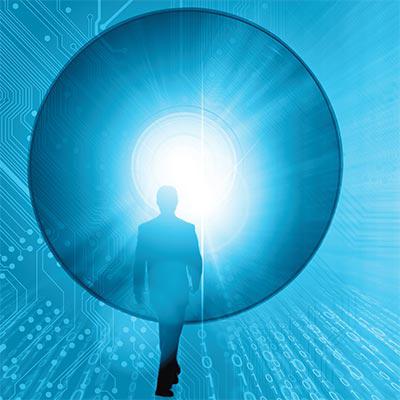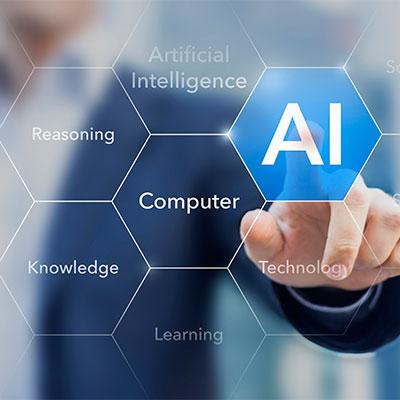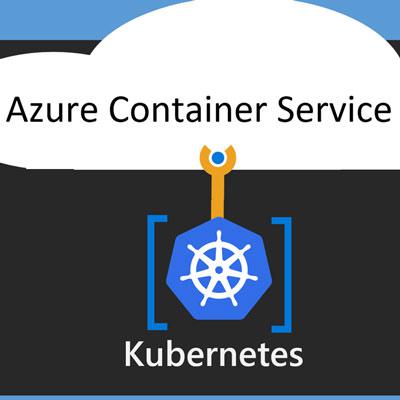5 Key Microsoft Announcements At Build 2018
Focus On Developers
Judging by the product announcements at the Build 2018 developers conference, it's clear that Microsoft wants to bring artificial intelligence to software development in a much bigger way. The Redmond, Wash.-based software giant described its mission at the conference this way: "to help every developer be an AI developer." In tandem with that theme, Microsoft unveiled an array of new technologies for its Azure cloud platform and its Microsoft 365 offering (a bundle that includes Office 365, Windows 10 and security) during the conference this week in Seattle.
What follows are five key announcements from Microsoft in connection with its Build 2018 developers conference.

Developing For The Intelligent Edge
Microsoft is seeking to advance its big push around the "intelligent edge" with a rollout of new capabilities and technologies for developers. To start, the company is open-sourcing the Azure IoT Edge Runtime to help provide improved modifying and debugging capabilities for edge applications. Meanwhile, Microsoft's Custom Vision service--which enables devices to recognize content in imagery--will now run on Azure IoT Edge. This will allow devices such as drones to take important actions without connecting to the cloud. The move represents the first Azure Cognitive Service to be extended to the edge with support for more services coming "over the next several months," Microsoft said.
In addition, Microsoft said that it's partnering with drone company DJI around a new SDK for Windows 10--to bring flight control and data transfer over Windows 10 devices--while Microsoft is also working with Qualcomm on a vision AI developer kit that will run Azure IoT Edge.

Developing With Data And AI
Microsoft is also launching a number of new technologies for developers around making better use of data and AI in their solutions. Project Kinect for Azure is a package of sensors (including a next-generation depth camera) with on-board compute capabilities. The offering is aimed at bringing AI to solutions for the edge and will be available next year. A new Speech Devices SDK will provide improved audio processing for higher accuracy in speech recognition, while updates to Azure Cognitive Services will bring enhanced speech recognition and text-to-speech, as well.
Updates to Microsoft's Bot Framework, used for integrating chatbots, will offer improved dialogues and customization of voices and personalities. And a new deep neural net processing architecture, dubbed Project Brainwave, is now available in preview on Azure and the edge, Microsoft said.
Meanwhile, Microsoft's fast-growing Azure Cosmos DB is getting updates such as new multi-master capabilities (supporting cloud and edge) and enhanced security through the general availability of support for Microsoft's Virtual Network (VNet) service.

Developer Tooling
In the red-hot area of containers, Microsoft said that its Azure Kubernetes Service--which enables developers to more easily build and run solutions based on containers--will be generally available in the next few weeks. The Azure Kubernetes Service will also be offered for Azure IoT Edge, the company said.
For Visual Studio, Microsoft's integrated development environment, the new IntelliCode capability will provide "intelligent suggestions to improve code quality and productivity," and is now in preview. Also now in preview is the Live Share feature for Visual Studio, which makes it simpler for developers to collaborate with fellow team members in real time. In addition, Microsoft said that the Visual Studio App Center has now been integrated with GitHub to allow developers to more easily automate their DevOps processes.
Meanwhile, as blockchain continues to surge, Microsoft announced the Azure Blockchain Workbench as a new tool for bringing together blockchain networks (that are supported by Azure) with cloud services (such as Azure Active Directory and Key Vault), for developers working on blockchain applications.
Microsoft 365 Tools
Microsoft is aiming to open up new opportunities for developers in the Microsoft 365 platform, with a handful of announcements at Build 2018. To start, the company is aiming to make it easier for developers to customize experiences in Microsoft Teams with new and updated Teams APIs in the Microsoft Graph, as well as the ability to publish custom apps to the Teams app store. Microsoft also announced that SharePoint is being integrated to a deeper level with Teams--so that users can pin a SharePoint page into channels, for instance.
Other reveals at Build 2018 include capabilities for developers to now use the latest version of .NET for running their app in a stand-alone .NET environment (using .NET Core 3.0); extend Power BI visualizations into Excel; create new formulas for Excel's catalog (using new Azure Machine Learning and JavaScript custom functions); and convert large catalogs of applications using the MSIX containerizations solution. In addition, the new Windows Machine Learning platform will let developers create machine-learning models in the cloud, and deploy them offline to Windows.
Windows On Mobile
While Microsoft has moved away from Windows as an operating system for smartphones, the company is now focused on enabling users to more easily interact between Windows PCs and their iOS or Android device. The company unveiled a new app, Your Phone, which will provide "a window into a user’s phone right from their PC for seamless transition of content like messages, photos and notifications." Meanwhile, the Android version of the Microsoft Launcher app will include support for discovery of line-of-business apps, as well as IT advisement on configuration, for enterprise users. And finally, a new Windows feature called Sets will provide "an easier way to organize your stuff and get back to what you were doing"; developers will see their Universal Windows Platform work with Sets "from the start," as a way to help keep customers engaged, Microsoft said.